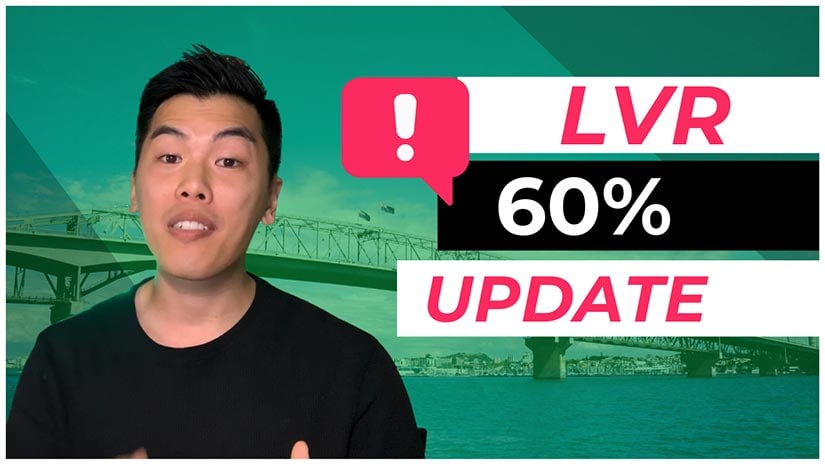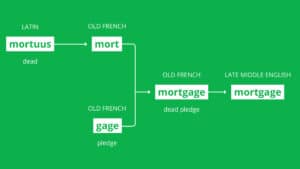In response to the potential market crash due to COVID-19, it comes as no surprise that the property market in New Zealand saw major changes in 2020. We saw how the Reserve Bank lowered the deposit required to buy an investment property from 30% to 20%, opening the floodgates for second home buyers.
Things are continuing to evolve, making it challenging to understand how to approach property investment in New Zealand. Let’s take a look at how we got here and where we’re headed for the rest of 2021!
Changes in 2020:
With the change in deposit percentage required to invest in a property we saw in 2020, people with even a small amount of capital were able to purchase another property.
This happened to many people as the pandemic led to a surge of Kiwis returning home and many were returning with higher-paying jobs than they would have gotten if they’d stayed in New Zealand. People who may have thought more about travel and lifestyle started to realise with all the time at home it was better to upgrade to a nicer home and keep their existing place as a rental.
With extra money to spend and requirements easier than ever to purchase a home, they started buying up the market. The historically low rates were enough to encourage timid investors to make a move but can you blame them? One million dollar interest-only loans costing less than $450/week is reason enough to jump on the bandwagon (considering the income might be $300+ positive cashflow each week).
Eventually, that led to a spike and what you would imagine as being a wonderful situation for the banks actually caused more trouble. The banks bet that this spike would be unsustainable, the RBNZ noticing that the demand for a mortgage in November 2020 compared to November 2019, was up more than 30%. Ever since, house prices have shot up and the banks are receiving more mortgage applications than they can handle.
Growth Through Property Investment in New Zealand in 2021:
Here are three ways you can position yourself safely as an investor while maintaining growth:
- Review Your Yields – Since the value has risen much faster than yields, you should consider your options. Can you trade in an older property for a new property with a higher yield, without sacrificing too much capital gain? Do some research to see what your properties could sell for and if the yields are worth holding onto! A higher yield could lead to higher capital gains in the long run.
- Restructure Your Lending – Focus on freeing up as much equity as possible for some properties while maxing out the fewest number of properties possible with the most debt. For example, if you have three properties, you should consider shifting all the debt onto two properties to free up one. This will allow you the flexibility needed to continue growing. Access online calculators to provide information about restructuring here.
- Learn About Non-Bank Lenders – There are only a few that aren’t bound by RBNZ regulations so they can lend up to 80% on investment properties. There are rates as low as 2.99% that are tax-deductible, making it a great option for continuous growth without breaking the bank.
If you’re hoping to learn more about mortgage growth strategies, our stage 2 and stage 3 masterclasses will provide you with the information you need to invest successfully!













